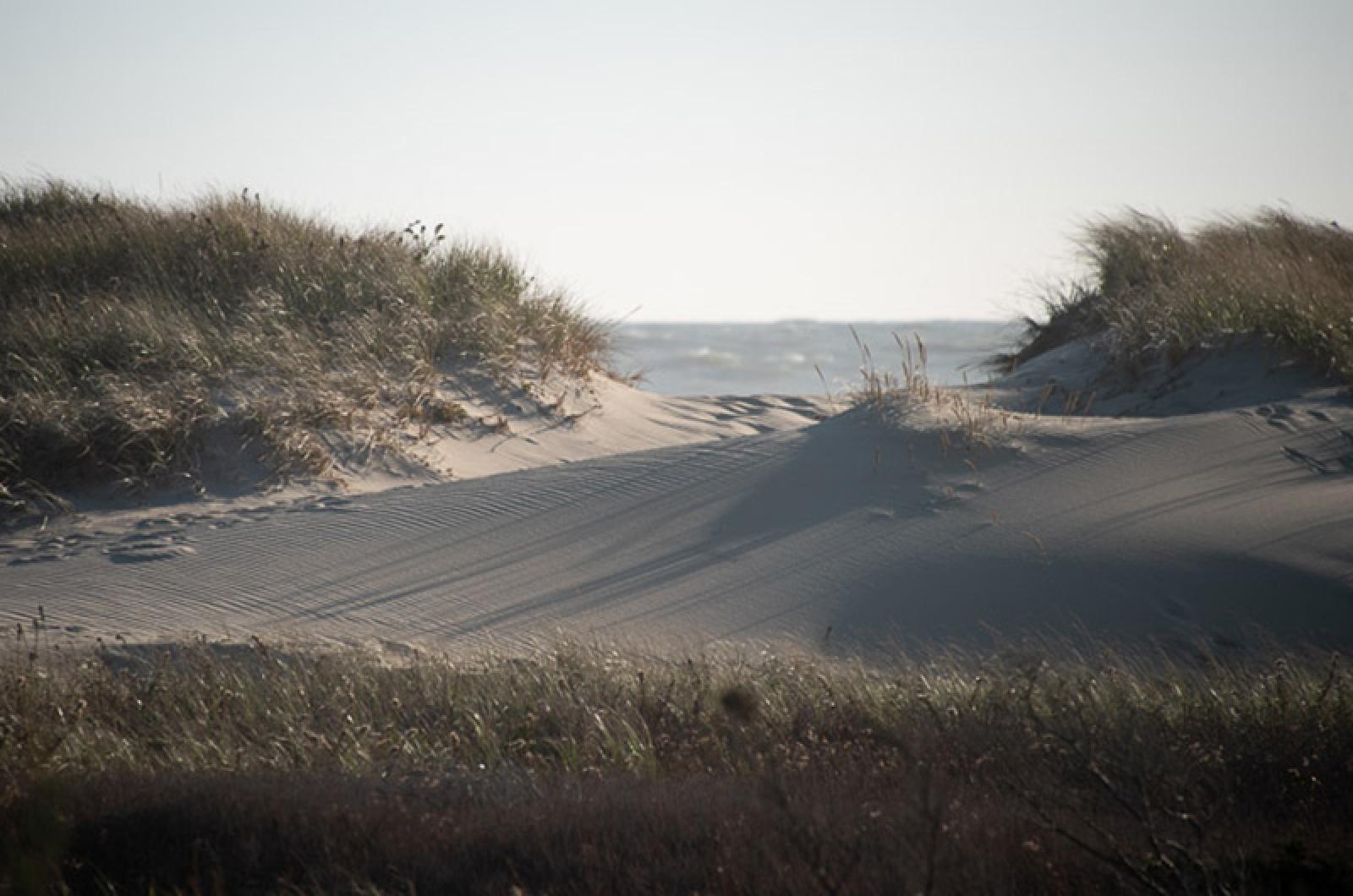Government work is a thankless job. It is no small feat to tackle sea level rise and extreme weather, especially on an Island.
But many Island government agencies are hard at work, and with good reason. The sea will rise a foot by 2040 — a mere twenty years away — and it will keep rising for a long time after that. And while the state is now pouring millions into coastal resiliency, the funding may not last. In their book The Rising Sea, coastal geologists Orrin H. Pilkey and Rob Young explain: “. . . urban problems, especially storm and wastewater disposal, will begin to take precedence over the preservation of beach communities. When our main population centers are truly threatened . . . small beachfront communities are likely to become declining public priorities.”
On the Island today the iron is hot. Let’s begin with the Massachusetts Municipal Vulnerability Preparedness (MVP) Program, a climate adaptation planning and action tool.
Every Island town is active in the MVP Program. The first step is a community workshop to identify a town’s climate action priorities. In West Tisbury, Chilmark and Edgartown one priority is to reduce wildfire vulnerability. Harbor resilience made the cut in Oak Bluffs, Tisbury, Chilmark and Edgartown.
After the workshops MVP-approved towns are eligible for action grants. Edgartown received one for a vulnerability assessment and Oak Bluffs got one to nourish the North Bluff beach.
In the next round, Edgartown will apply to fund a beach management plan, Oak Bluffs to update zoning bylaws and the Martha’s Vineyard Commission for consulting to develop Islandwide adaptation solutions.
The Massachusetts Office of Coastal Zone Management offers coastal resilience grants. Tisbury recently received funds to study harbor shoreline resilience, while Oak Bluffs received funding to look at realigning a harbor jetty to blunt the force of northeast storms. Tisbury also has a federal EPA grant to study stormwater management.
Aquinnah’s emergency manager has helped residents organize community emergency response training. Edgartown plans to raise Memorial Wharf. Oak Bluffs, Edgartown and the Felix Neck Wildlife Sanctuary are restoring a salt marsh on Sengekontacket Pond. Tisbury is working with the state to address erosion on Beach Road.
The Wampanoag Tribe of Gay Head (Aquinnah) has a tribal hazard mitigation plan, monitors marsh elevations, has repaired failed culverts and is restoring the dunes at Lobsterville Beach.
The town of Oak Bluffs is leading the municipal charge. Past and current projects include a vulnerability assessment, a floodplain bylaw update, a new North Bluff seawall, boardwalk and beach, flood proofing of wastewater infrastructure, permits to stabilize the East Chop bluff and nourish Inkwell Beach, flood control on County Road, solar panels on the fire station and electric town vehicles.
The Martha’s Vineyard Commission prepared the Dukes County Hazard Mitigation Plan and is focused on water quality, coastal transportation and energy conservation.
The MVC climate action task force is at work on a comprehensive, Islandwide climate adaptation master plan. The goal is to recommend traditional and innovative adaptation plans for all the Island’s trouble spots. It will also address health, social and economic resiliency.
To date the Martha’s Vineyard Land Bank commission has conserved 3,100 Island acres. This means five per cent of the Island will remain undeveloped with trees absorbing carbon, rains filtering into natural soils, and ecosystems preserved.
The Dukes Conservation District is working with ACE MV, a workforce training nonprofit, to offer scholarships for farmers to hone their business and soil conservation skills.
The flip side of climate adaptation is mitigation — reducing our reliance on fossil fuels. All the Island towns have energy committees; the Vineyard Sustainable Energy Committee is their umbrella group. Tisbury and West Tisbury are designated Green Communities, a state program that supports cost-cutting energy efficiency in municipal buildings. The other four towns are on the green community track.
Every Island town has solar arrays to convert sunlight into usable energy. Edgartown is working on electric vehicle charging stations, VSEC is shooting for a 100 per cent renewable energy Island by 2040, and the MVC is updating its energy policy.
The MVC climate action task force is at work on an energy master plan, a roadmap to meet 100 per cent renewable goals and create a modern, resilient electricity infrastructure.
This is local government working for you.
Liz Durkee lives in Oak Bluffs.




Comments (4)
Comments
Comment policy »